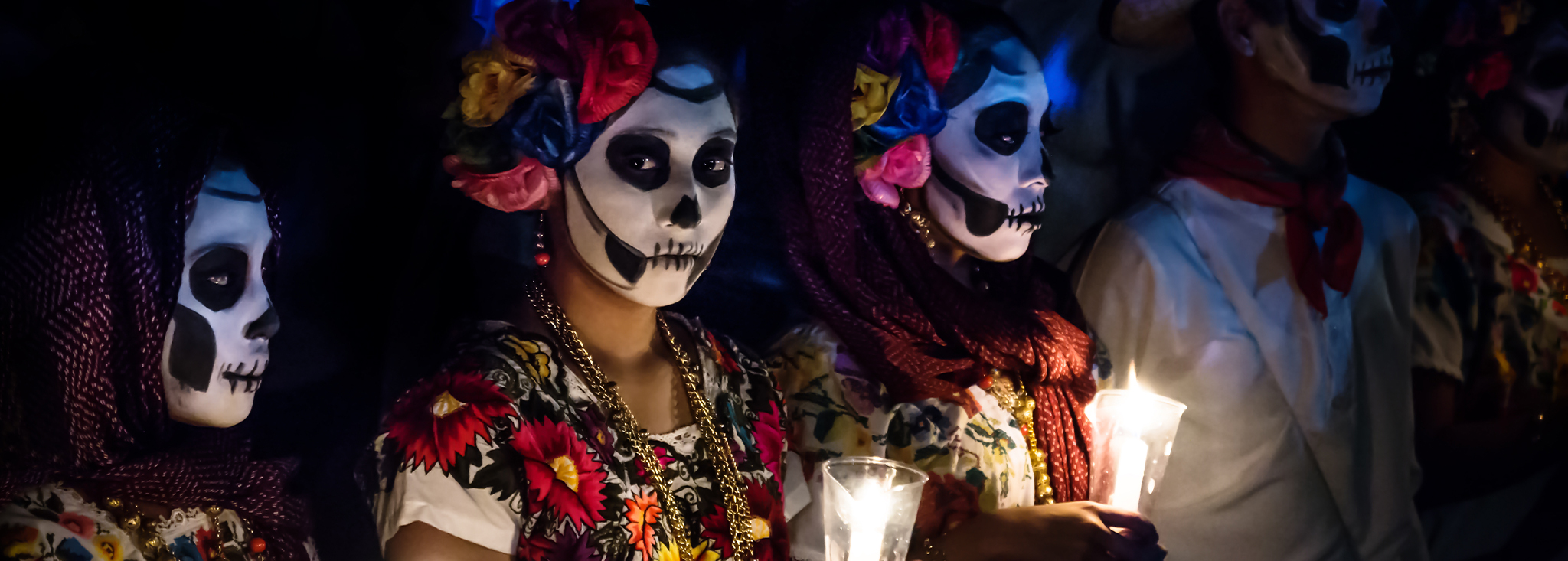The Best Thanksgiving Tips to Hit Your Plate
Written by: Beyond Type 1 Editorial Team
3 minute read
November 18, 2015
It's here, that holiday that revolves around eating. If you have diabetes, plan for the holiday with these vital tips and tricks.
Editor’s note: This article is part of our library of resources for Celebrations & Holidays. Check out our food and drinking tips as well as an array of holiday carb charts here.
Gobble, gobble. It’s here, that holiday that revolves around eating. And while having diabetes means there may be more bells and whistles in the whole chow down, it doesn’t mean you can’t enjoy the full extent of the holiday.
Your carb-counting life just got way easier!
Whether you are staying home or traveling to a loved one’s this year, you may be able to determine carb counts ahead of time (carb charts for common holiday foods are here) and calculate the appropriate amount of insulin.
Not cooking for yourself? Talk to your host.
Don’t be afraid to tell the host prior to the event that you have diabetes so you can plan ahead, discuss food options and offer to bring some food favorites that will work best for your blood sugar management.
If you are planning on eating food you did not prepare, see if the chef has recipes available for you ahead of time, so you know the menu and can count carbs.
Carb-counting doesn’t take holiday breaks
Carb-counting can be particularly difficult when eating meals prepared by others, as hidden carbohydrates like added sugars in gravies or dressings can throw off your blood sugar levels.
Keeping blood sugar levels in a healthy range is vital to stay well, so consider a few options:
- Bring a dish to your Thanksgiving celebration. This may be helpful for both you and your host. You’ll know there’s at least one dish with no carb surprises and you’ll also be contributing to the gathering (without asking them to prepare something especially for you).
- Pack measuring cups. If you’re feeling a bit stressed about carb-counting, bring measuring cups and prepare a specific, measured plate for which you don’t have to guestimate. Exact measurements help ensure that you’re dosing insulin correctly. This could also be a visual cue to others that opens up the discussion on diabetes and helps to educate others.
- Bring a Carb Count Chart. They’re printable and mobile-friendly. You can also use a carb-counting app or website. You can’t cover what you haven’t counted!
Picking the perfect menu
Choose your carb
Of course you can eat carbs, but know how many grams of carbohydrates you’re consuming so you can dose insulin accordingly. Keep in mind that starchy sides can vary greatly in carb count. One half cup of mashed potatoes is 15 g of carbs whereas one half cup of candied yams is a whopping 45 grams. That’s a big difference!
The low carb-ies
Vegetables and high-protein options such as meat won’t require as much insulin and will therefore be less likely to result in a high blood sugar. You could also consider low-sugar dessert options to limit the amount of insulin you need to take. And if one more person asks you if you’re dieting, you can politely explain it isn’t a calorie issue; it’s all about the carbs.
Other Thanksgiving Tips
- Walk it off: Incorporating a brisk walk into the afternoon could help lower blood glucose levels (BGLs) with all that sugar intake. Be sure to only exercise within the limits prescribed by your health care professional though.
- Consider meal timing: Because thanksgiving meal times may vary from your typical eating routine, be sure to keep a close eye on your blood sugar levels and always have emergency sugar on you in the chance that you go low.
- No surprises: Watch out for hidden carbs (or gluten). You know those inconspicuous glazes and dressings—what was once a low-carb vegetable could turn into what is now a high-carb meal.
- Celiac considerations: Similar to letting your host know that you have diabetes, if you have celiac disease or a gluten sensitivity (which is very common in people with type 1 diabetes, in particular), you should not hesitate to let your host know. Many are unaware of what gluten actually is (it is the general name for the proteins found in wheat, rye and barley), so be sure to explain that grain items such as oats, barley and your run-of-the-mill flour contain gluten. Rice and corn are gluten-free options. Remember that even small doses of flour in gravies and soups can cause an adverse reaction.

Author
Beyond Type 1 Editorial Team
Beyond Type 1 is the largest diabetes org online, funding advocacy, education and cure research. Find industry news, inspirational stories and practical help. Join the 1M+ strong community and discover what it means to #LiveBeyond a diabetes diagnosis.
Related Resources

Day of the Dead is one of the most colorful parties in my country. It is...
Read more

Editor’s note: This article is part of our library of resources for Celebrations & Holidays. Check out...
Read more

Note: This article is part of our library of resources for Celebrations & Holidays. Check...
Read more

